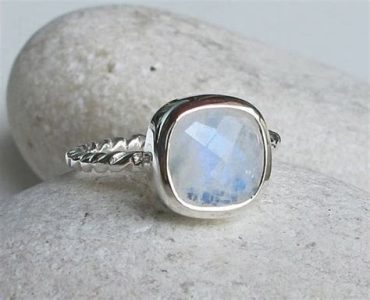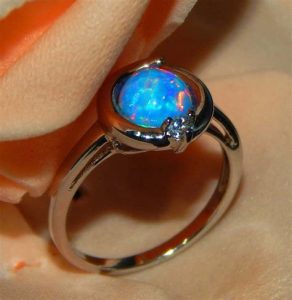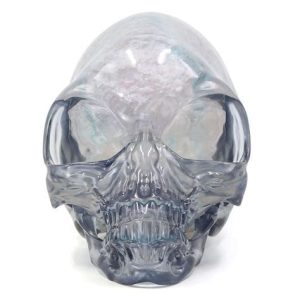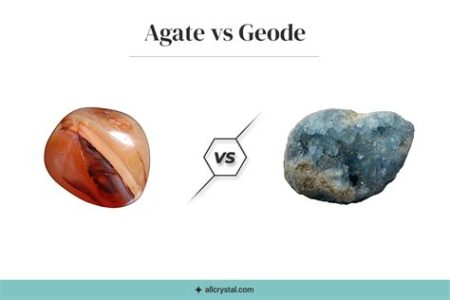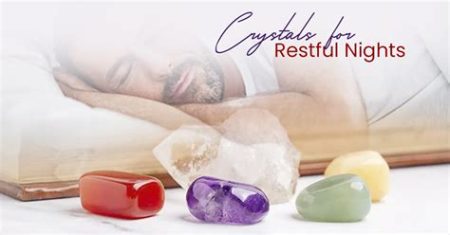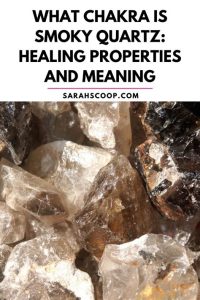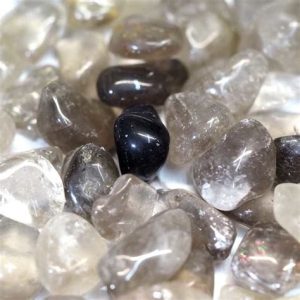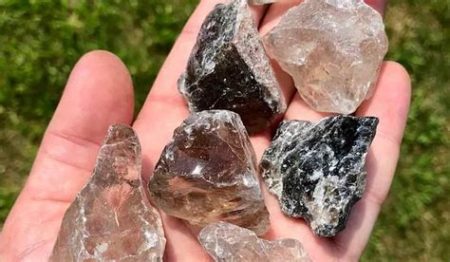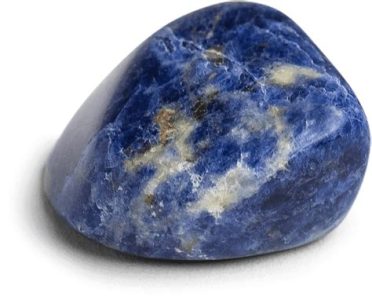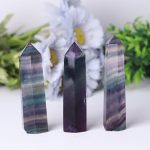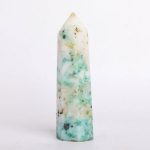Introduction

In the realm of captivating gemstones, two radiant blue hues emerge: lapis lazuli and sapphire. Boasting distinct origins and properties, these alluring stones have enchanted civilizations for centuries. This comprehensive guide delves into the captivating world of dark blue rocks, exploring their unique attributes and enticing comparisons.
Dark Blue Rock: Lapis Lazuli
Historical Significance and Origins
A captivating gem steeped in ancient lore, lapis lazuli has adorned royal garments, religious objects, and artistic masterpieces since 6000 B.C. Its profound blue hue originates from lazurite, a rare silicate mineral. Lapis lazuli predominantly hails from Afghanistan, where the world’s finest deposits are found.
Unique Properties
Embracing opaque brilliance, lapis lazuli exhibits a vibrant azure hue known as “ultramarine.” Its granular structure grants it a characteristic mottled appearance, often adorned with golden flecks of pyrite. This alluring gemstone ranks 5-6 on the Mohs scale of hardness, making it moderately durable for jewelry.
Dark Blue Rock: Sapphire
A Regal Gem
Renowned as the “King of Gems,” sapphire reigns supreme among precious stones. Composed primarily of corundum, it boasts a crystalline structure that bestows it with remarkable brilliance and durability. Blue sapphires derive their captivating hue from trace amounts of titanium and iron.
Global Provenance and Variety
Sapphires grace continents worldwide, with significant deposits found in Australia, Sri Lanka, and Madagascar. Varying in clarity, saturation, and hue, sapphires range from cornflower blue to deep navy, embracing a spectrum of captivating shades.
Lapis Lazuli vs Sapphire: A Comparative Analysis
| Characteristic | Lapis Lazuli | Sapphire |
|---|---|---|
| Mineral Composition | Lazurite | Corundum |
| Hardness | 5-6 Mohs | 9 Mohs |
| Transparency | Opaque | Transparent to translucent |
| Coloration | Azure with golden flecks | Deep blue to cornflower blue |
| Origins | Afghanistan | Global |
| Durability | Moderately durable | Highly durable |
Applications and Value
Lapis Lazuli: Art and Adornment
Throughout history, lapis lazuli has adorned precious objects and masterpieces, from Egyptian amulets to Renaissance paintings. Its captivating blue hue has inspired countless artists and artisans. Today, it finds expression in jewelry, sculptures, and decorative objects.
Sapphire: Jewelry and Timepieces
Sapphires grace the most exquisite jewelry creations, symbolizing royalty, wisdom, and love. Their exceptional durability makes them ideal for engagement rings, watches, and other luxury items.
New Applications: The Dawn of Lapisite
Combining technology and creativity, scientists have pioneered “lapisite,” a synthetic material inspired by lapis lazuli. Possessing similar optical properties, lapisite offers a sustainable alternative to the natural gemstone, opening up new possibilities for architectural designs, electronics, and even medical applications.
Tips and Tricks
- Carefully Clean: To preserve the beauty of lapis lazuli and sapphire, gently wipe them with a soft cloth. Avoid harsh chemicals or abrasives.
- Store Securely: Protect these gemstones from impacts and scratches by storing them in a lined jewelry box or pouch.
- Professional Appraisal: Seek professional assistance in evaluating the authenticity and value of your dark blue rocks.
Common Mistakes to Avoid
- Confusing Lapis Lazuli with Turquoise: Their vibrant blue hues can be deceptive; rely on expert identification to differentiate between these two stones.
- Overexposure to Sunlight: Prolonged exposure to sunlight can fade the color of lapis lazuli; store it in dark, cool environments.
- Using Harsh Cleaners: Never use harsh chemicals or abrasive cleaners on dark blue rocks; stick to gentle, non-toxic cleaning methods.
Step-by-Step Approach to Enjoying Dark Blue Rocks
- Explore a Museum: Visit a natural history or art museum to admire the captivating beauty of dark blue rocks in their natural and artistic forms.
- Visit a Gemstone Dealer: Consult a reputable gemstone dealer to learn about the origins, properties, and value of lapis lazuli and sapphire.
- Acquire a Special Piece: Consider purchasing a piece of jewelry, art, or collectible adorned with these alluring gemstones.
- Care and Preserve: Treasure your dark blue rocks by following proper care and storage guidelines to ensure their brilliance for generations.
FAQs
- Is lapis lazuli a rare gemstone? Yes, lapis lazuli is a relatively rare gemstone, with the finest quality found in Afghanistan.
- What colors are sapphires available in? Sapphires range from deep navy to cornflower blue, with varying degrees of saturation and clarity.
- Are dark blue rocks durable enough for everyday wear? While lapis lazuli is moderately durable, sapphire is highly durable, making it suitable for daily use in jewelry.
- Can I find synthetic dark blue rocks? Yes, lapisite is a synthetic material that mimics the optical properties of lapis lazuli.
- How can I clean my dark blue rocks safely? Use a soft, clean cloth dampened with plain water or a mild detergent solution.
- What is the best way to store dark blue rocks? Store them in a lined jewelry box or pouch, protected from light, moisture, and extreme temperatures.

